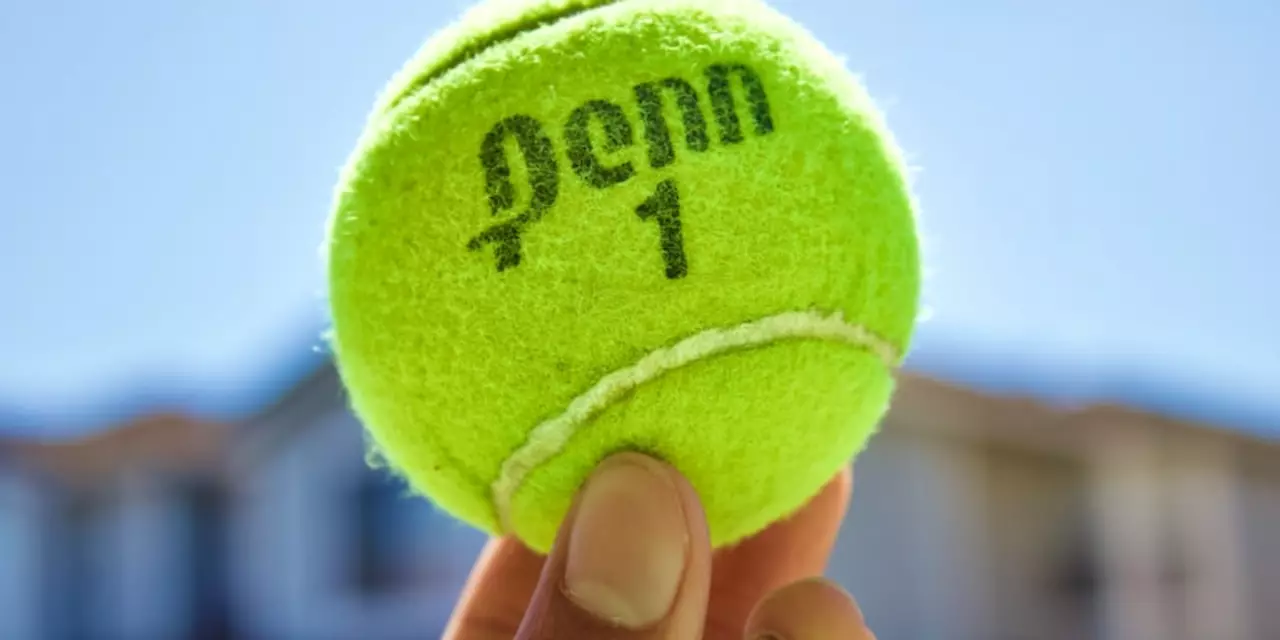Grand Slams: The Ultimate Tennis Titles
If you ever wonder why the word "Grand Slam" pops up whenever tennis is mentioned, you’re in the right place. It’s the nickname for the four biggest tournaments in the sport, and winning all four in a single year is a dream that only a handful of players have ever achieved.
What Are the Four Grand Slam Events?
The Grand Slam calendar starts with the Australian Open in Melbourne, played on fast‑acting hard courts in January. Next comes the French Open at Roland Garros, where the red clay slows the ball down and makes points last longer. Wimbledon follows in June‑July on the iconic grass courts that give a low bounce and a classic look. The final stop is the US Open in New York, another hard‑court event but with a slightly slower surface than Australia’s.
Each tournament has its own vibe. The Australian Open feels modern, the French Open is all about endurance, Wimbledon carries a traditional dress code, and the US Open is known for its loud crowds and night matches. Knowing these differences helps you understand why players often excel at some Slams and not others.
Why Grand Slams Matter to Fans and Players
For players, a Grand Slam win means huge prize money, ranking points, and a place in tennis history. For fans, the Slams deliver the biggest stories of the year – epic rallies, surprising upsets, and moments that define careers. Think about Roger Federer’s 20th Grand Slam at the 2018 Australian Open or Rafael Nadal’s dominance on the clay at Roland Garros. Those moments become part of the sport’s lore.
If you’re new to following tennis, start by picking one Slam that matches your schedule and watching a few key matches. Look for the stuff that makes each event unique: the grass at Wimbledon, the intense weather at the French Open, or the electric night sessions at the US Open.
Another practical tip: use a simple tracking method. Write down the date of each Slam, the surface type, and the current champion. When the tournament rolls around, you’ll know who to watch and why the surface matters. It also makes it easier to follow player form – a hard‑court specialist like Novak Djokovic usually shines at the Australian and US Opens, while a clay king like Nadal shines at Roland Garros.
Don’t forget the fan experience. If you can, plan a trip to see a Slam live. The atmosphere at Wimbledon, with strawberries and the royal box, is unlike any other. Even if you watch from home, tune in to the opening ceremonies, player interviews, and post‑match analysis – they give context that makes the matches more exciting.
Finally, keep an eye on the upcoming stars. Young players who win a junior Slam often transition to the main tour with big expectations. Following their progress can give you a front‑row seat to the next generation of champions.
Whether you’re chasing stats, looking for drama, or just love watching world‑class athletes play, the Grand Slams offer something for every tennis fan. Stay tuned, mark your calendar, and enjoy the ride through the sport’s biggest stages.
